Packing a lot into a small body
Blackburn's Delphi 5 computer packs a lot of features into a small body. All of the usual...
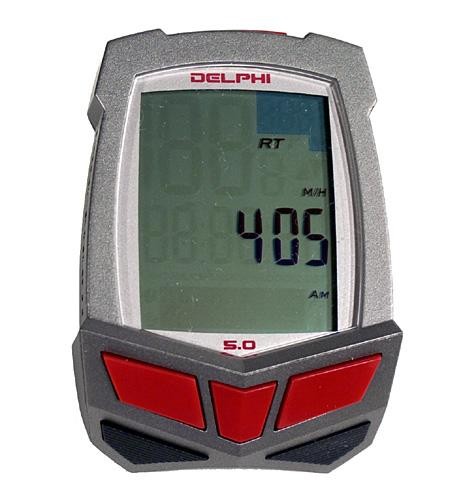
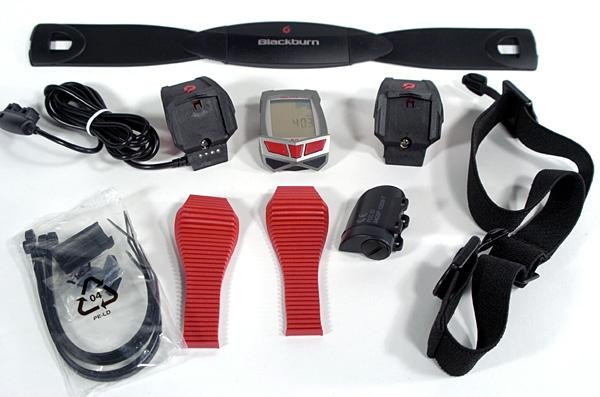
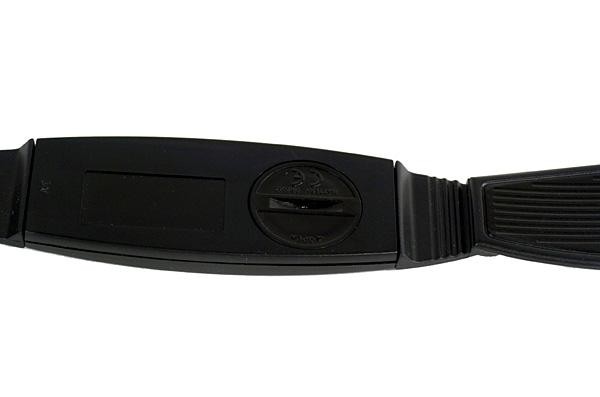
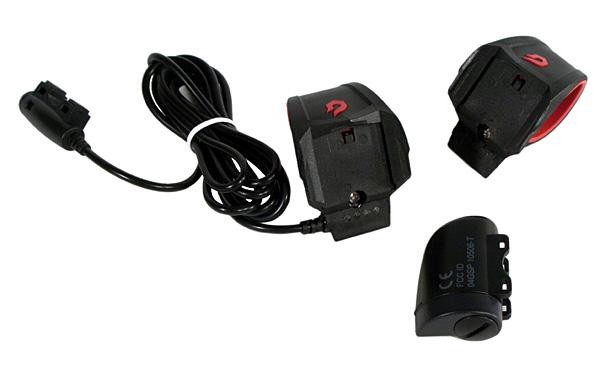
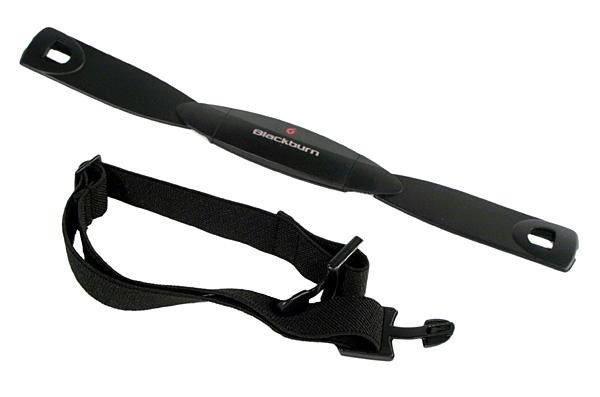
Blackburn Delphi 5.0 review
Blackburn's Delphi 5 computer packs a lot of features into a small body. All of the usual cyclo-computer features are there such as distance, speed, average speed, time and maximum speed. A heart-rate monitor and cadence monitor are added bonuses. The real appeal for John Kenny was the ability to master all of these features quickly.
The Blackburn Delphi 5.0 is the second-from-top offering from the American manufacturer and offers all the usual bike computer functions: Current speed, maximum speed, distance, odometer, clock and stopwatch. It also packs in a heart-rate monitor and a cadence kit into its relatively small wireless body. The only feature missing from the Delphi 6.0 is an altimeter.
The Delphi advertising campaign features a chimpanzee, Mr Pickles, who is seemingly able to operate the computer with ease. The tagline is, "If Mr Pickles can work it out, you can." It's a cute campaign, but adds a bit of pressure to the learning process as well. Fortunately, the Delphi operating system is well thought out. Having a computer that is packed with features is of little use if you can't access them because the operation is unnecessarily complicated. There are four buttons on the Delphi, but out on the road you only really need to use the two largest, the 'mode' and 'option' buttons.
Well thought-out operation
The Delphi 5.0 is extremely easy to use. A quick scan of the instructions is all that is required to get up and running. All the functions are easily accessed with a bit of trial and error, including changing the time of day and wheel size. The 'option' button is the most useful button as it allows the user to cycle through information displaying average speed, distance, lap time, heart rate and clock. To get to maximum speed you need to use the 'mode' button when in average speed, which is one of the Delphi's few instances of needless complication.
The 'mode' button does most of the other useful work and provides further detail on a selected option. For example, when heart rate is shown on the lower display window, the mode button cycles through maximum heart rate, time in zones and average heart rate. It's a straightforward concept and easy to learn. I basically ignored the other two buttons except when resetting the ride information and for turning on the backlight, incidentally a very handy function.
Get The Leadout Newsletter
The latest race content, interviews, features, reviews and expert buying guides, direct to your inbox!
Three displays
The LCD screen features three layers of data. Current speed on displayed on top, followed by the ride chronograph, then the supplementary data such as distance. The bottom screen information is quite hard to read due to the small size, yet it is responsible for the vast majority of the information.
The middle screen with displaying the ride chronograph is a bit of a display hog. I would have happily have made this the smaller bottom display or even combined it will all the other features. I can't see why the chronograph is more important than distance travelled. It does have another use, however, which is to display the time accumulated in each target zones when the heart rate dynamic memory is displayed in the lower data window.
There is also a handy additional display that can be activated in the top right corner for heart rate and cadence. I found that I relied on this display when using the heart rate monitor, which gave me the option of viewing other variables without becoming distracted and allowing my heart rate to drop.
The heart rate monitor is an extremely useful training tool as it really helps to keep you honest. Some days you can be riding at 40kph without your heart rate breaking 100. It also greatly relieves the tedium of riding on a home trainer. The battery is also easily replaceable on the chest strap, which is not the case with all manufacturer's heart rate monitor straps.
Another useful feature is the two bike setting with individual and combined odometer. This provides the option of swapping the computer between bikes, which is especially useful if the bikes have different wheel sizes.
Fit kit
The sensor is robust enough to take a bit of punishment on the fork blade. It's inevitable the sensor will get knocked around when the front wheel is removed but there's enough plastic around the cable ties to stop it cracking easily.
The kit comes with two handlebar mounts. One has a wire that runs to the crank arm to measure cadence. Wireless computers are generally a snap to set up. Computer goes on 'bars, sensor gets cable zip tied to fork and magnet attaches to spoke. Easy…. The complication comes for those with bladed spokes as the supplied wheel magnet won't fit.
The use the cadence function another handlebar mounting must be used with a wire that is to be cable-tied to the down tube.
The Delphi 6.0
Blackburn also supplied Cyclingnews with the top-of-the-line Delphi 6.0 when it came onto the market. The top model is almost identical in appearance to the 5.0 but comes with an altimeter. Altimeters are fun to use and add useful information to ride, providing information on the total number of metres climbed on a ride and the percentage of a climb. I found that initially I tended to leave the computer with the percentage reading on all the time, such is the pure novelty value of the function. After a few rides I was more selective and used it on the climbs of my usual training runs to compare steepness and length. It's worth paying extra for the altimeter, but it adds about one-third to the cost of the Delphi 5.0.
Overall
At around US$90 the price seems more than fair, considering the features that are packed in for the price. The size of the really useful information is a little small to read when riding and I would have happily done away with the large and constantly running chronometer to allow more space for the other functions. After some bad experiences with other manufacturers computers, the Delphi's operating system came as a blessed relief. It's simple and straightforward and I didn't have to continually refer to the manual to access the features.
